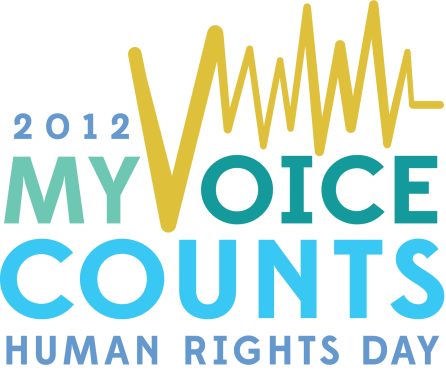The Canadian federal government should enhance the human and financial capital of children in less wealthy families, enhance market incomes of lower paid workers, and enhance the security of working incomes by adapting three existing programs to new realities: widening their scope, making them more flexible, and making them easier to obtain.
The changing world of work is also a changing world of pay, a world that will likely lean toward greater wage rate inequalities, lower or stagnating incomes for the bottom 40 percent, and greater income insecurity for the broad majority.
I suggest three changes to current public policies that take incremental, but important, steps toward fostering capital accumulation among children from less wealthy families, increasing market incomes earned from that capital for the working poor, and finally enhancing income security for the broad majority.
These policies lean toward encouraging inclusive growth, in which the benefits of the new world of work and pay are broadly shared.
In this post I discuss the first policy proposal, which is:
Enhance human and financial capital by making community colleges tuition-free, and making the Canada Learning Bond more flexible






